Breaking the Law?
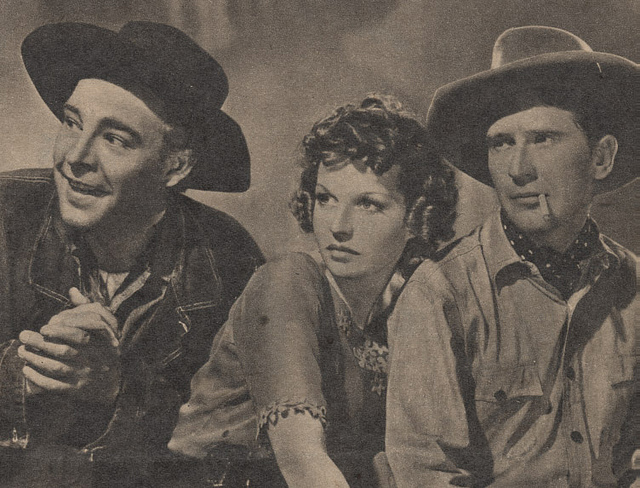
Of Mice and Men
The screen adaptation of John Steinbecks novel portrays one of the lead characters, Lennie, as a stong man with the mind of a child.
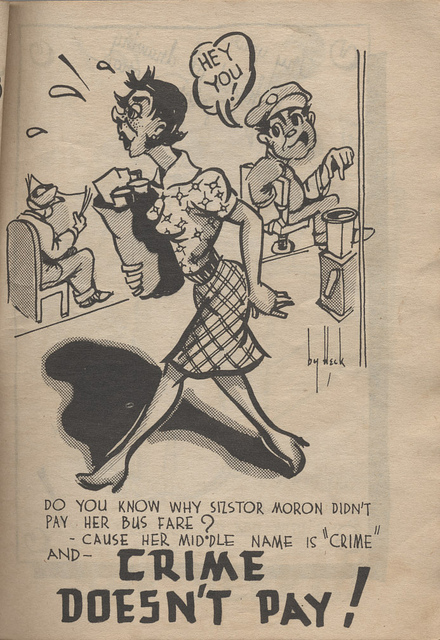
Guilty by Association
The thinking in professional circles that people with varying mental disabilities were associated with crime transferred into popular culture. The Little Moron joke books of the 1940s frequently included comic relief pertaining to crime at the expense of the low IQ characters.
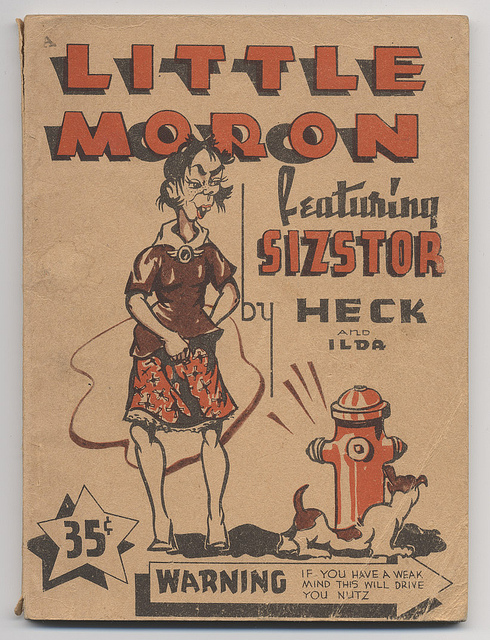
Guilty by Association
The thinking in professional circles that people with varying mental disabilities were associated with crime transferred into popular culture. The Little Moron joke books of the 1940s frequently included comic relief pertaining to crime at the expense of the low IQ characters.
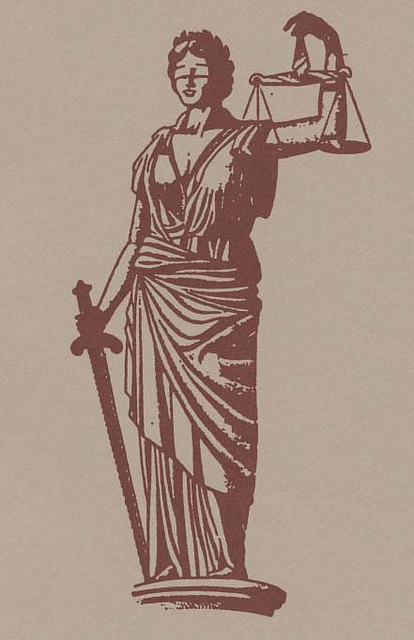
Victimized Twice?
In 1992, Dr. Richard Sobsey of the University of Alberta conducted an experiment with two groups of law students. Both groups were given identical crime situations, except that the victim in one group was portrayed as a person with a mental disability, while the victim in the other group had no disability.
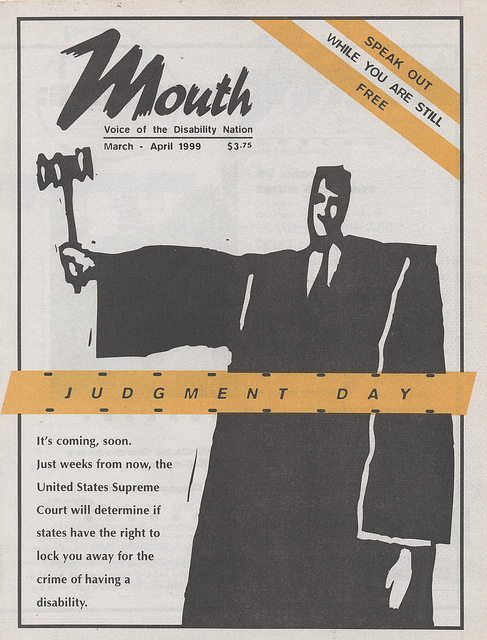
The Court Decides
1999
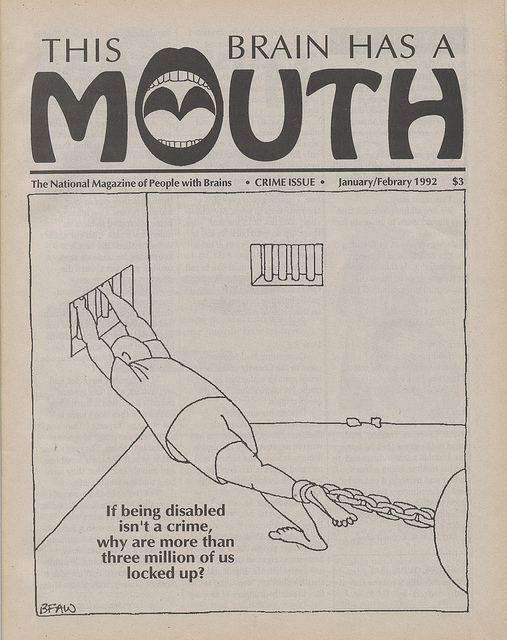
Still a Crime to be Disabled?
As recently as the 1990s,the advocacy magazine Mouth stated many individuals with disabilities were being improperly placed in facilities such as prisons, jails, nursing homes and other institutions.
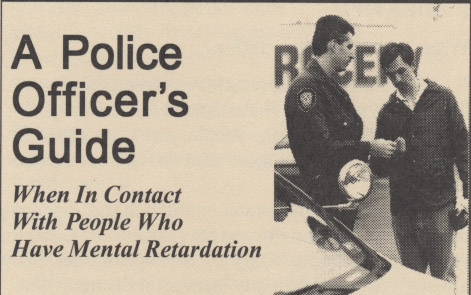
The Justice System
Various studies conducted in the 1980s estimated that anywhere from 2 percent to 10 percent of the state and federal prison population has a developmental disability.
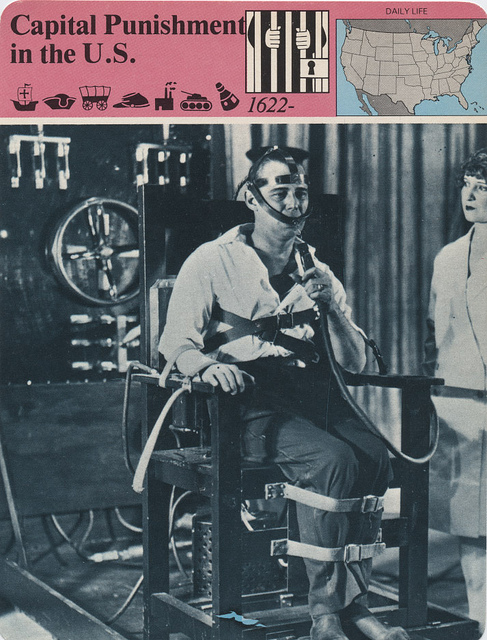
A Death Sentence
From 1976, when the death penalty was reinstated in the United States, until 2001, 44 death row inmates who were believed to have developmental disabilities were executed .
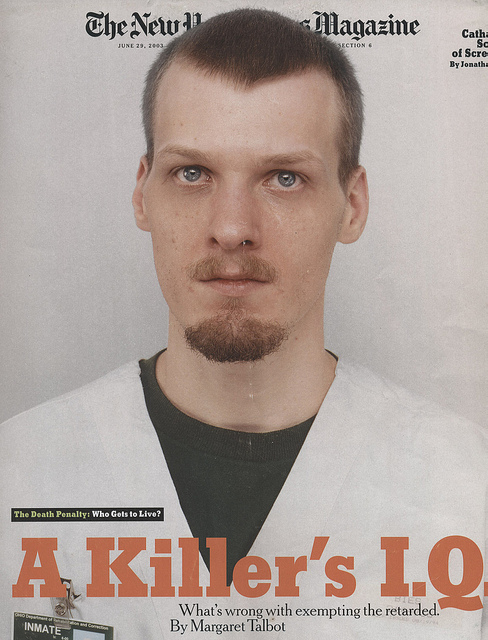
Executing the Disabled
In 2002, the United States Supreme Court in Atkins v. Virginia decided that executing a criminal with developmental disabilities is unconstitutional.
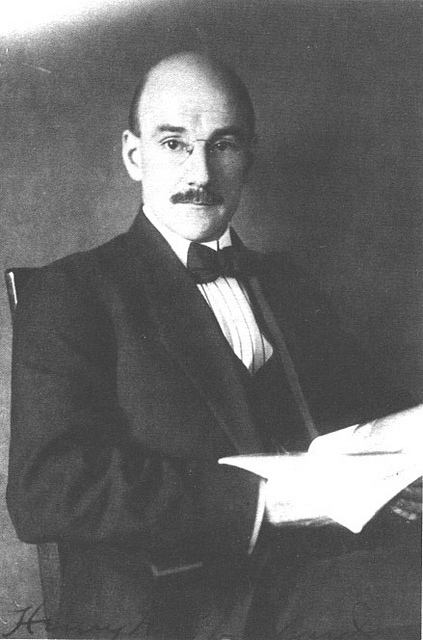
Who Is Likely to be a Criminal?
In the first decade of the 20th century, Henry Herbert Goddard advocated that people with any form of mental disability were more prone to become criminals.

Segregation
In 1921, the Napanaoch Reformatory was redesignated as an institution for male defective delinquents.
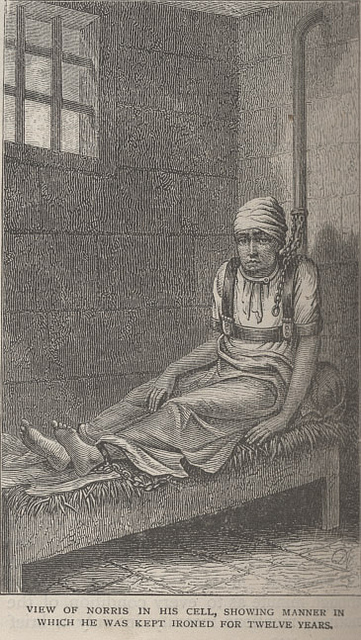
Imprisoned for Having a Disability?
Being labeled mentally disabled could have resulted in imprisonment and the loss of freedom due to erratic behavior.
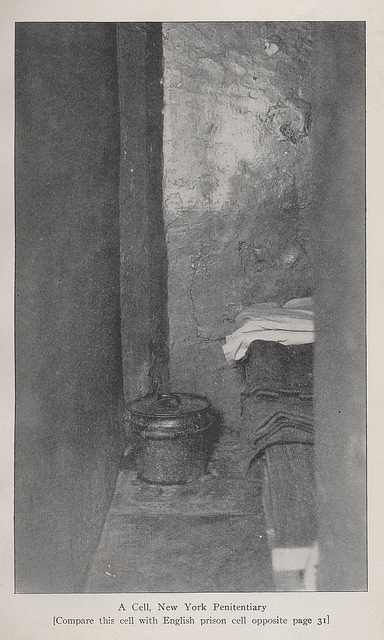
Breaking the Law?
A cell in New York Penitentiary.
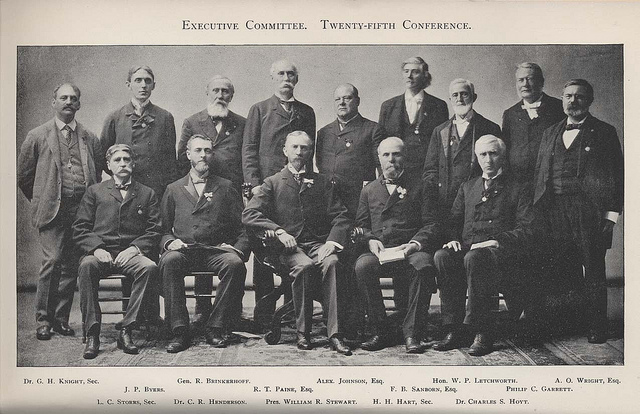
Decision Makers
Criminals, and those labeled insane, or feebleminded were, at one time placed together in prisons and often were not segregated from the general inmate population.

The Prison
In the 19th century the prison system in the United States was found to be overwhelmed with inmates who had various types of mental disabilities.
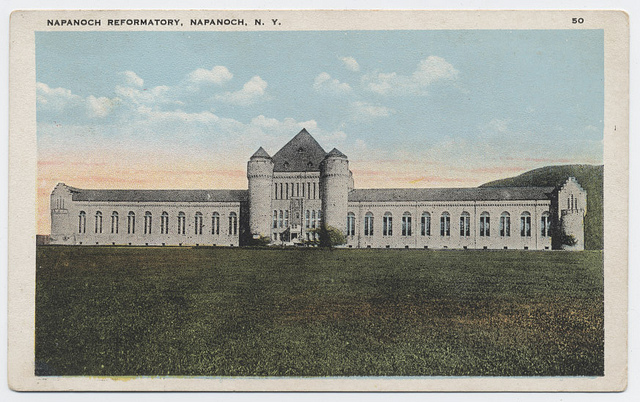
The Prison
In the 19th century the prison system in the United States was found to be overwhelmed with inmates who had various types of mental disabilities.

Reformatories
Large numbers of individuals with varying degrees of mental disabilities found themselves placed in the nations reformatories. These facilities provided vocational education and rehabilitation for lesser criminals.
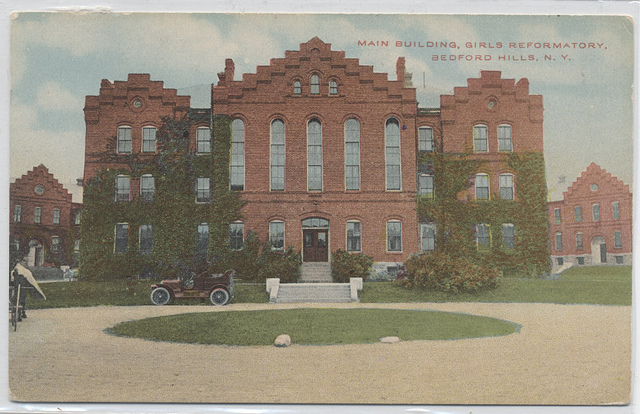
Reformatories
Large numbers of individuals with varying degrees of mental disabilities found themselves placed in the nations reformatories. These facilities provided vocational education and rehabilitation for lesser criminals.
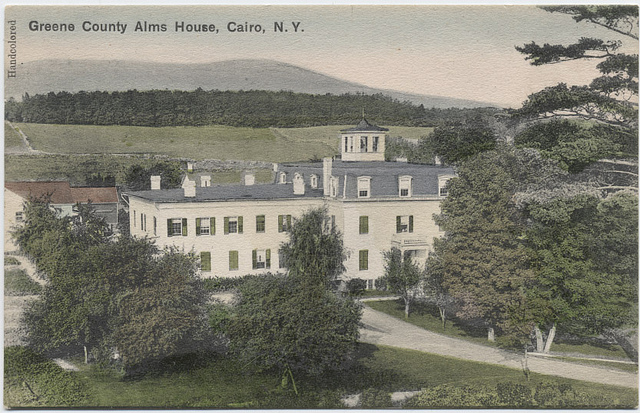
The Almshouse & Poorhouse
Many times people with disabilities were placed in institutions such as an almshouse or poorhouse. While these facilities were not prisons, people with disabilities were typically housed with the general population.

The Almshouse & Poorhouse
Many times people with disabilities were placed in institutions such as an almshouse or poorhouse. While these facilities were not prisons, people with disabilities were typically housed with the general population.
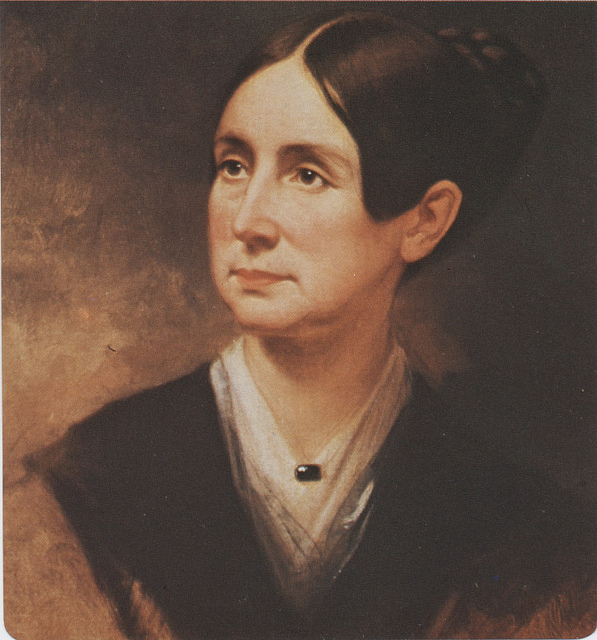
Dorothea Dix
Dorothea Dix was the lead reformer of the prison and almshouse systems in the United States during the mid-19th century . After seeing the horrible conditions at the East Cambridge jail in Massachusetts, Dix lobbied for changes. Dix was bothered most by the placement of prisoners with mental disabilities, including developmental disabilities and insanity, in general populations of the prisons. Her effort led to the construction of a number of separate facilities for people with disabilities across the United States.

Dorothea Dix
Dorothea Dix was the lead reformer of the prison and almshouse systems in the United States during the mid-19th century . After seeing the horrible conditions at the East Cambridge jail in Massachusetts, Dix lobbied for changes. Dix was bothered most by the placement of prisoners with mental disabilities, including developmental disabilities and insanity, in general populations of the prisons. Her effort led to the construction of a number of separate facilities for people with disabilities across the United States.
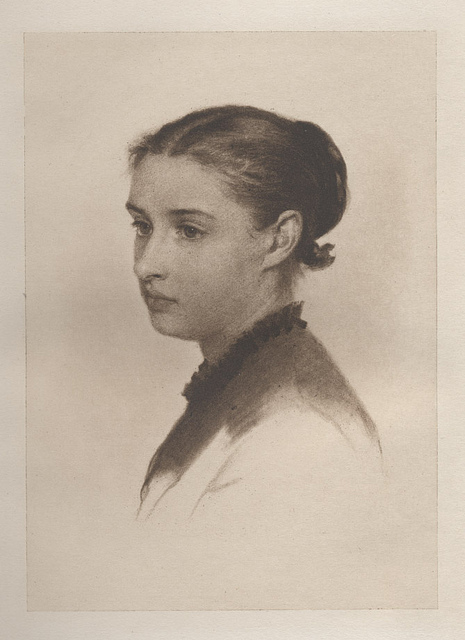
Josephine Shaw Lowell
Lowell was a reformer in New York during the 1870s and the 1880s, but her efforts had national implications. She was directly responsible for the establishment of the first custodial asylum for women considered to be feebleminded located in Newark, New York. Lowell also pressured the State legislature to open 3 houses of refuge including the Western House of Refuge in Albion, New York.
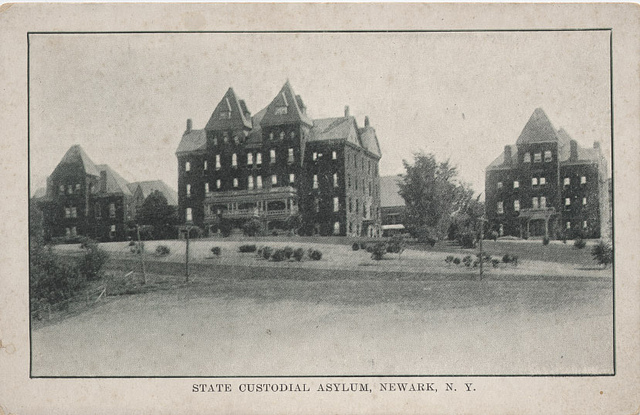
Josephine Shaw Lowell
Lowell was a reformer in New York during the 1870s and the 1880s, but her efforts had national implications. She was directly responsible for the establishment of the first custodial asylum for women considered to be feebleminded located in Newark, New York. Lowell also pressured the State legislature to open 3 houses of refuge including the Western House of Refuge in Albion, New York.
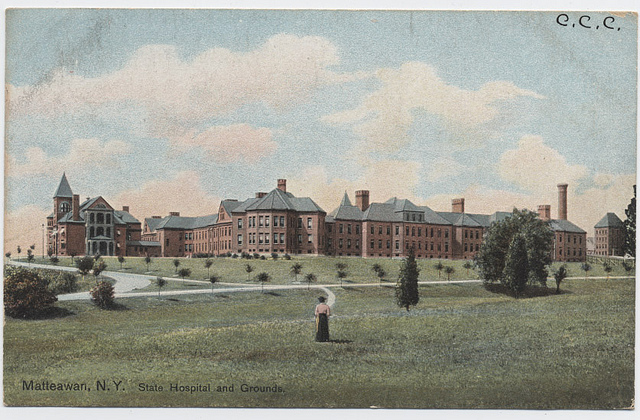
Segregation
In 1921, the Napanaoch Reformatory was redesignated as an institution for male defective delinquents.
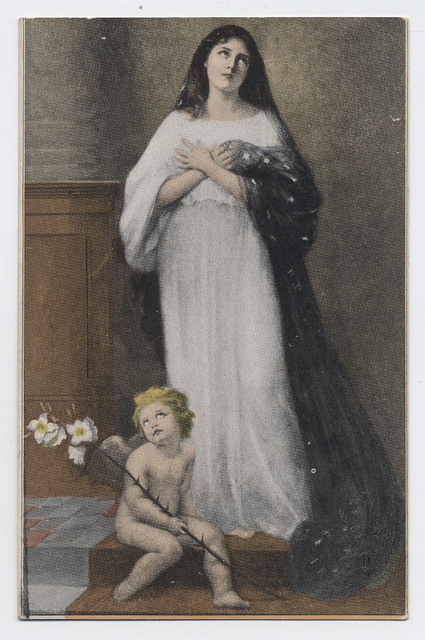
To Stay Out of Jail Help was Needed.
This postcard from the early 1900s was promoting a new probation plan for dependent children with disabilities.
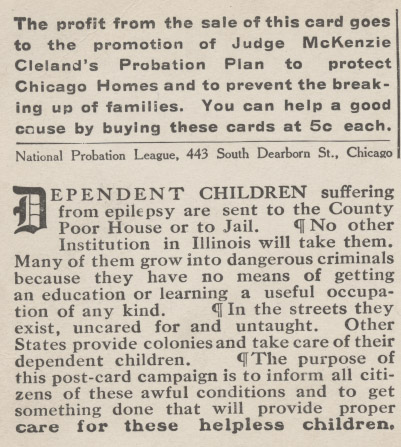
To Stay Out of Jail Help was Needed.
This postcard from the early 1900s was promoting a new probation plan for dependent children with disabilities.
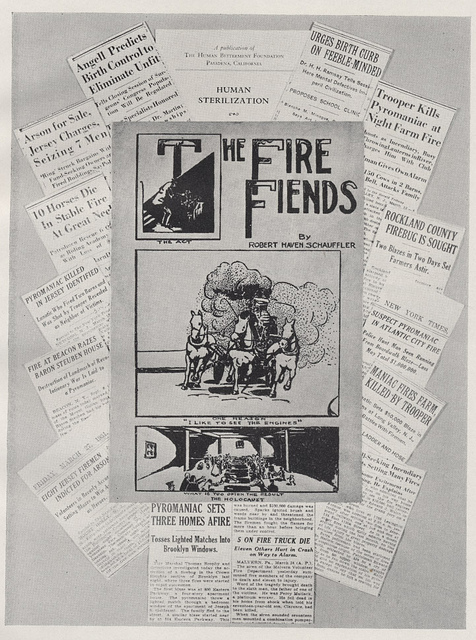
The Crimes
Certain crimes were often associated with people considered to have some form of mental disability. Psychologist Henry Herbert Goddard believed that all feebleminded individuals had the potential to become criminals.
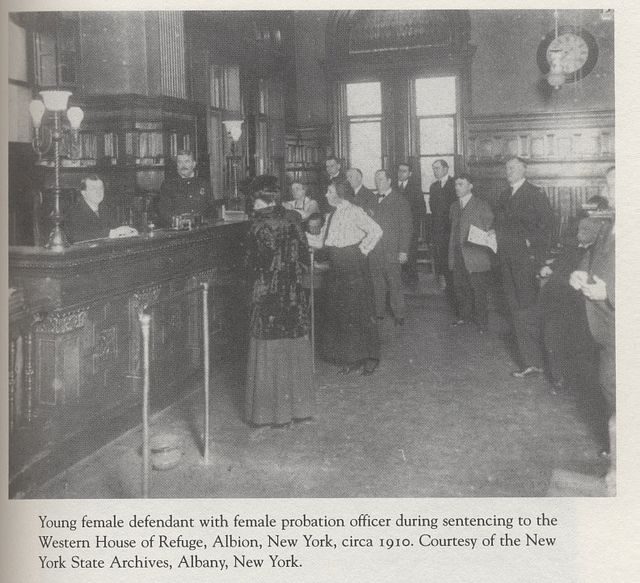
The Crimes
Certain crimes were often associated with people considered to have some form of mental disability. Psychologist Henry Herbert Goddard believed that all feebleminded individuals had the potential to become criminals.
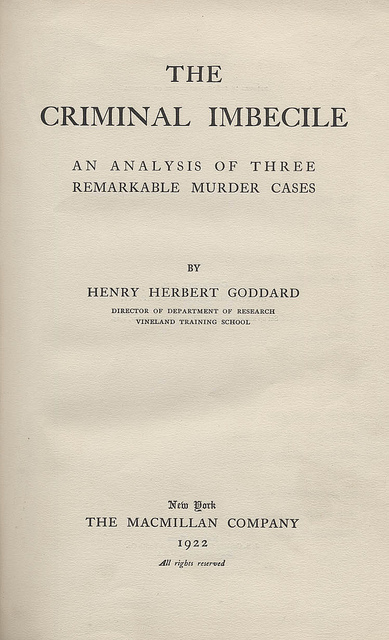
The Evidence
The Crimianl Imbecile: An Analysis of Three Remarkable Murder Cases.
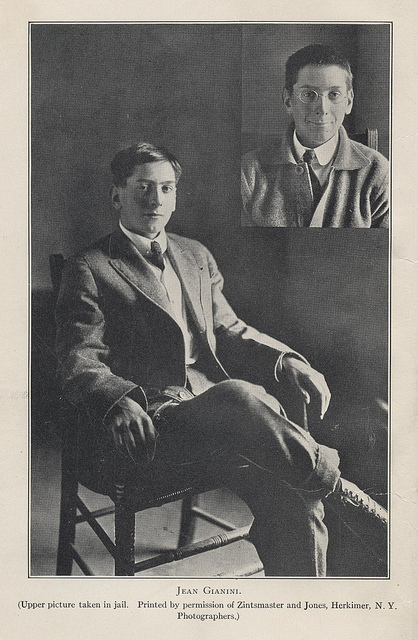
The Evidence
The Crimianl Imbecile: An Analysis of Three Remarkable Murder Cases.
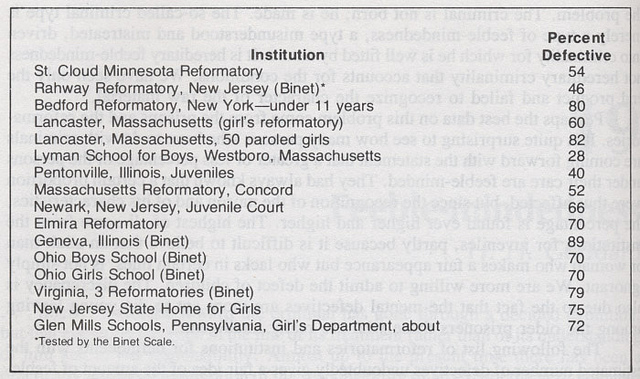
The Numbers
This chart from Henry Herbert Goddards Feeblemindedness Its Causes and Consequences, indicates that the majority of inmates were defectives.
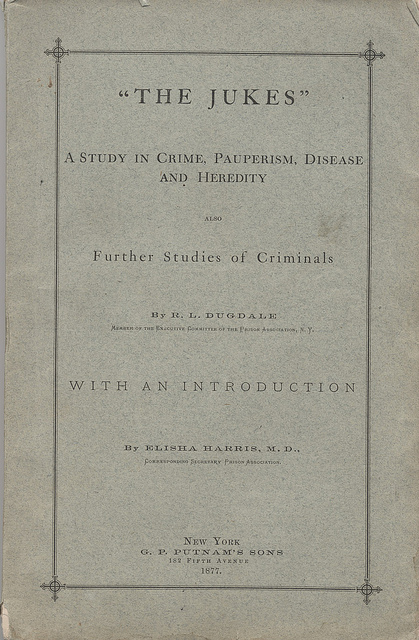
The Jukes
The Jukes, written by Richard Dugdale in 1877, studied the link between heredity and crime. Dugdale found an ancestral relation among 1,200 criminals and degenerates.
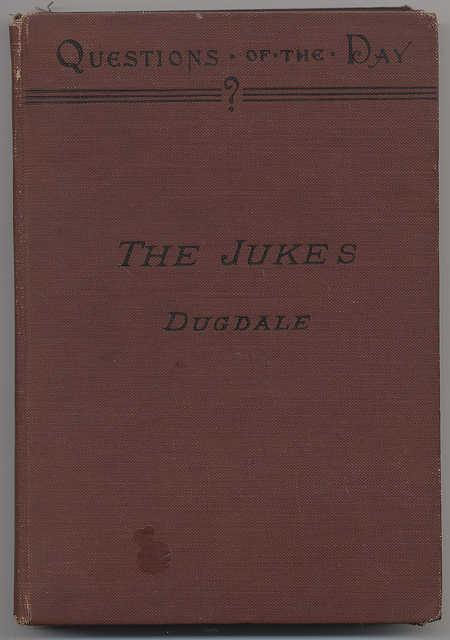
The Jukes
The Jukes, written by Richard Dugdale in 1877, studied the link between heredity and crime. Dugdale found an ancestral relation among 1,200 criminals and degenerates.
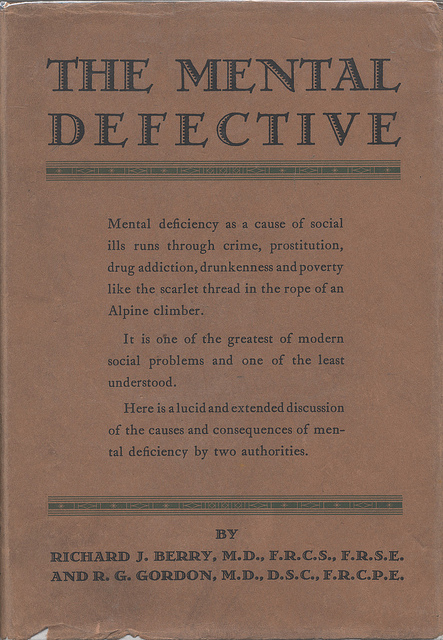
The Link to Crime: More Evidence
Considered a cause of social problems even in 1931, people with mental deficiencies were associated with crimes such as prostitution.
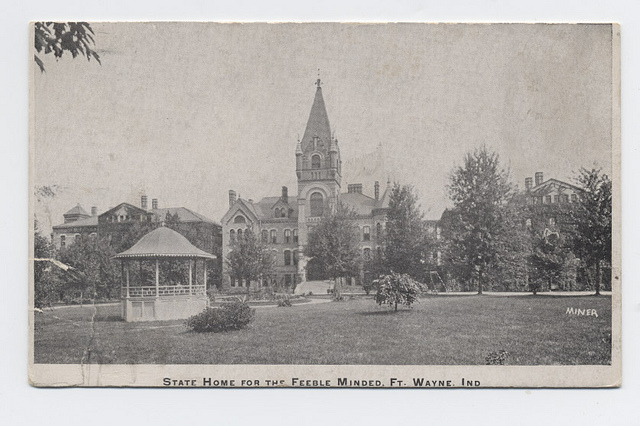
Is Sterilization a Solution?
Indiana was the first state to pass a compulsory sterilization law. Dr. Harry Sharpe perfected and performed vasectomies at the Indiana State Reformatory. Even before the 1907 law, Dr. Sharpe had been conducting illegal sterilizations at the Reformatory. People with mental disabilities, including developmental or insanity, who were confined to institutions were subjected to the procedure.

Is Sterilization a Solution?
Indiana was the first state to pass a compulsory sterilization law. Dr. Harry Sharpe perfected and performed vasectomies at the Indiana State Reformatory. Even before the 1907 law, Dr. Sharpe had been conducting illegal sterilizations at the Reformatory. People with mental disabilities, including developmental or insanity, who were confined to institutions were subjected to the procedure.
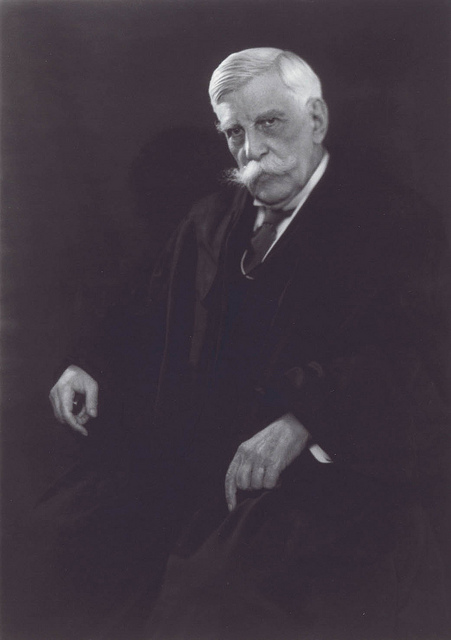
United States Supreme Court Says “Yes”
Virginias sterilization law was held up as constitutional in 1927 by the Supreme Court of the United States. In Buck v. Bell, Justice Oliver Wendell Holmes wrote the Courts opinion: three generations of imbeciles are enough. Between 1907 and 1966 over 60,000 forced sterilizations were performed across the United States of America.
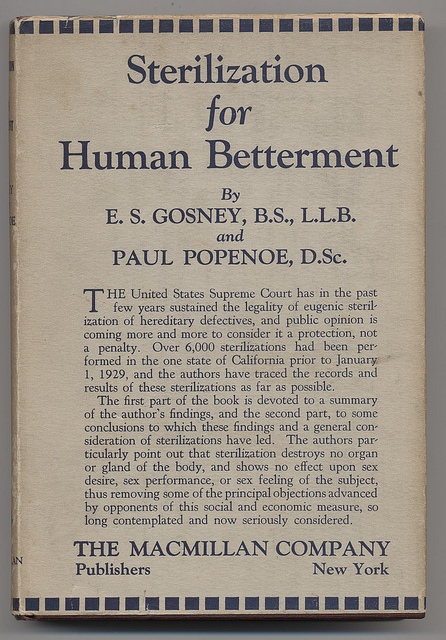
Sterilization Spreads
California was the second state to pass a sterilization law in 1909. Those considered feeble-minded, prisoners displaying sexuality, and persons convicted of three crimes were forcibly sterilized. Prisoners would be later excluded but those placed in insane asylums were then added to the law.
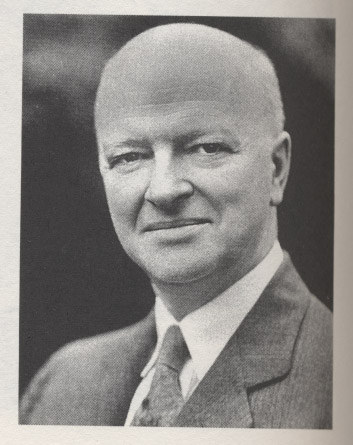
Sterilization Spreads
Harry Laughlin can be credited with the widespread use of sterilization laws in the United States. His Model Eugenical Sterilization Law, published in 1914, was carefully written to be both constitutional and used often. Over 30 states eventually passed sterilization laws based on Laughlins work.
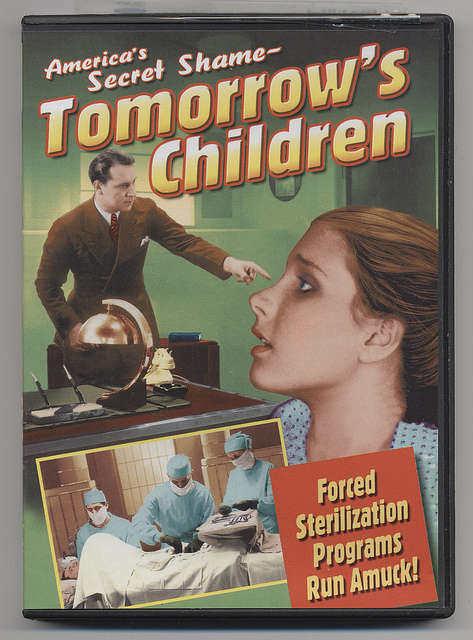
Hollywood
The movie Tomorrows Children portrayed feebleminded criminals and others being forcibly sterilized. In exchange for being sterilized the individuals were offered lifetime welfare and assistance from the state.
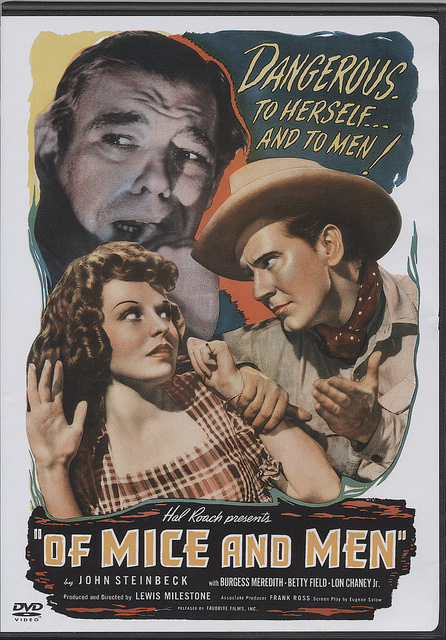
Of Mice and Men
The screen adaptation of John Steinbecks novel portrays one of the lead characters, Lennie, as a stong man with the mind of a child.

